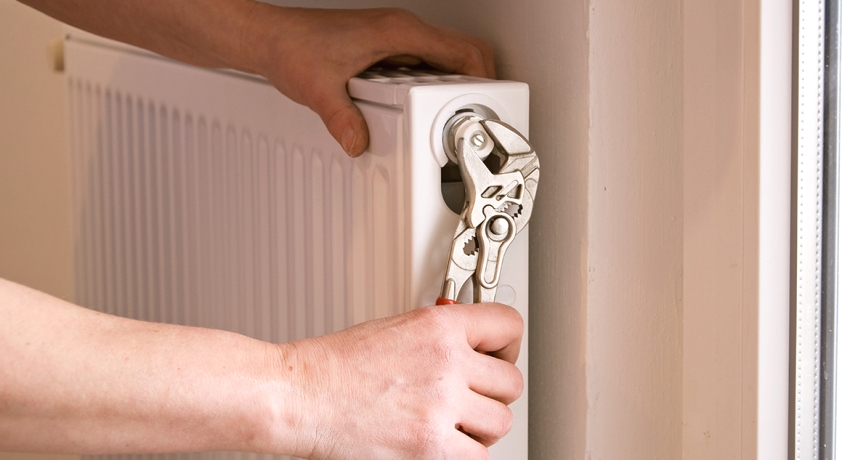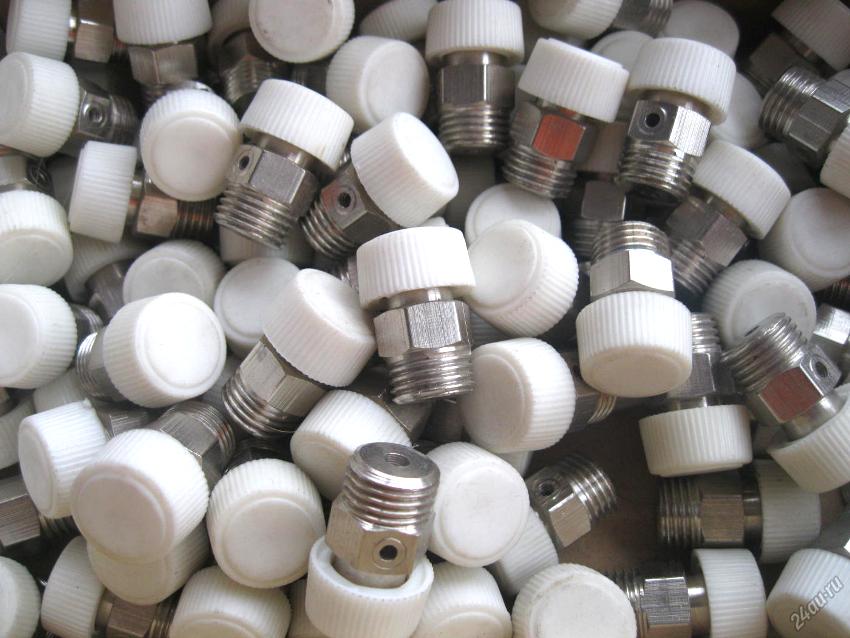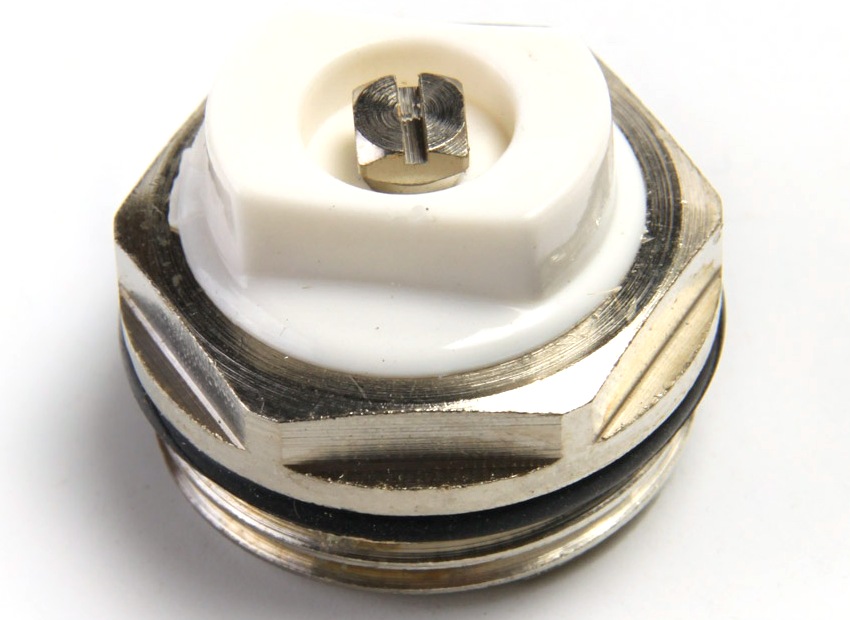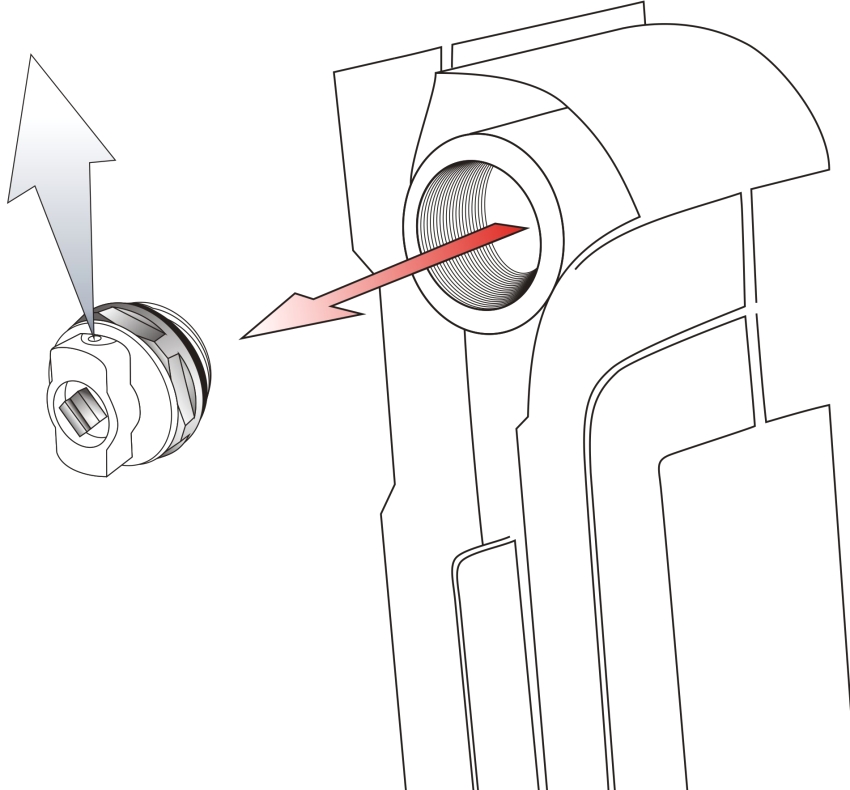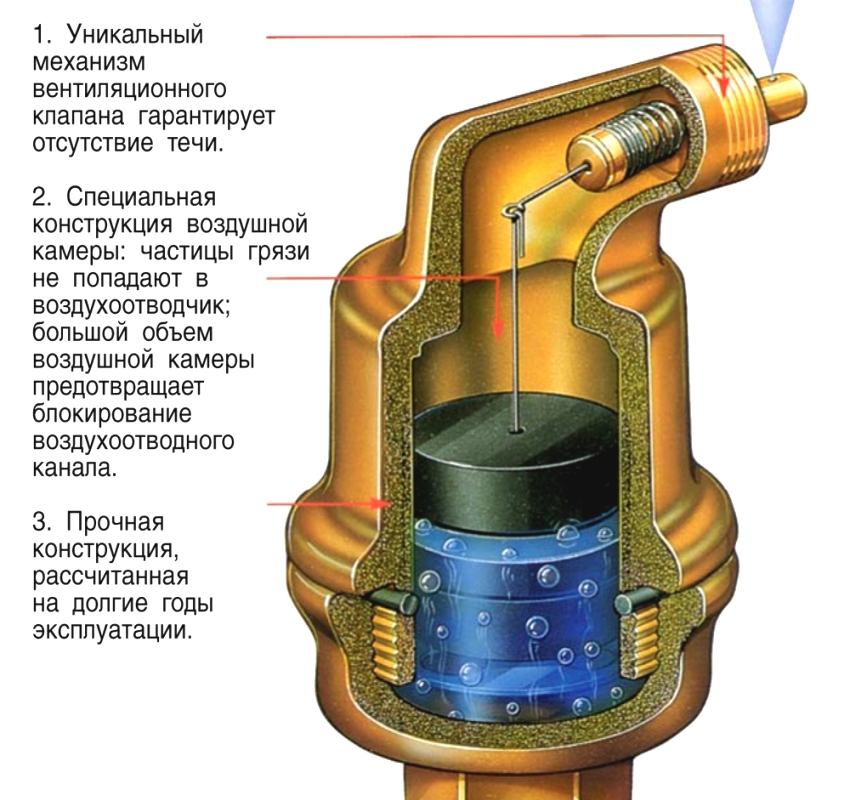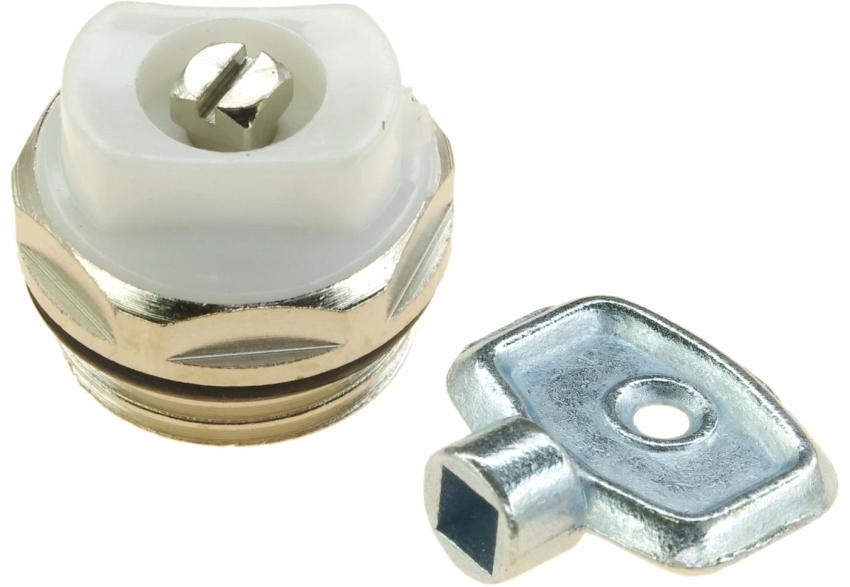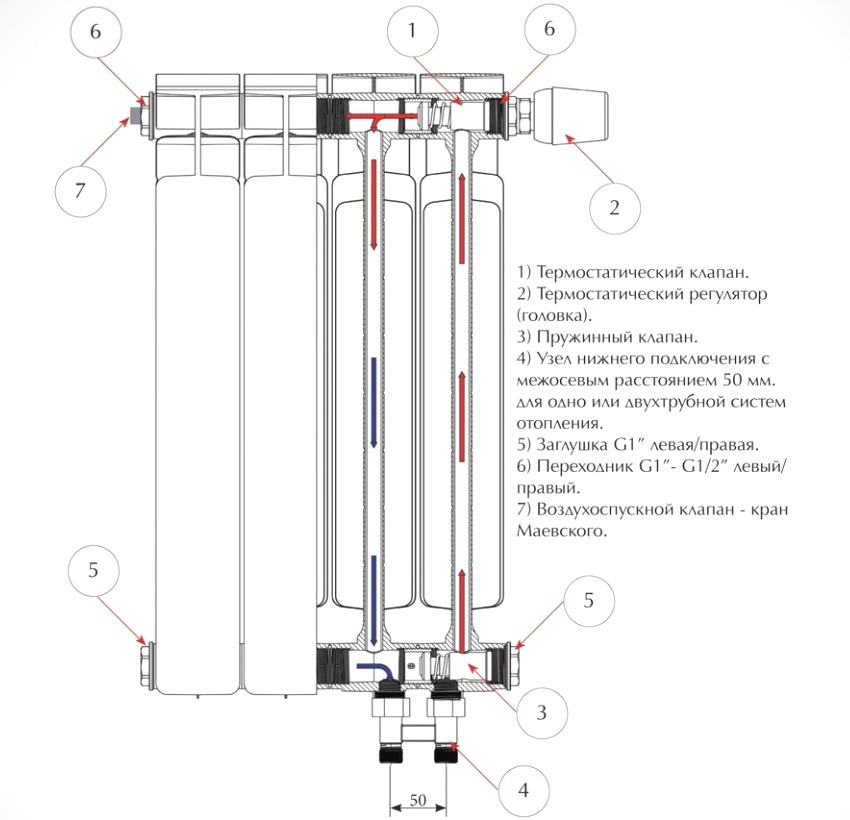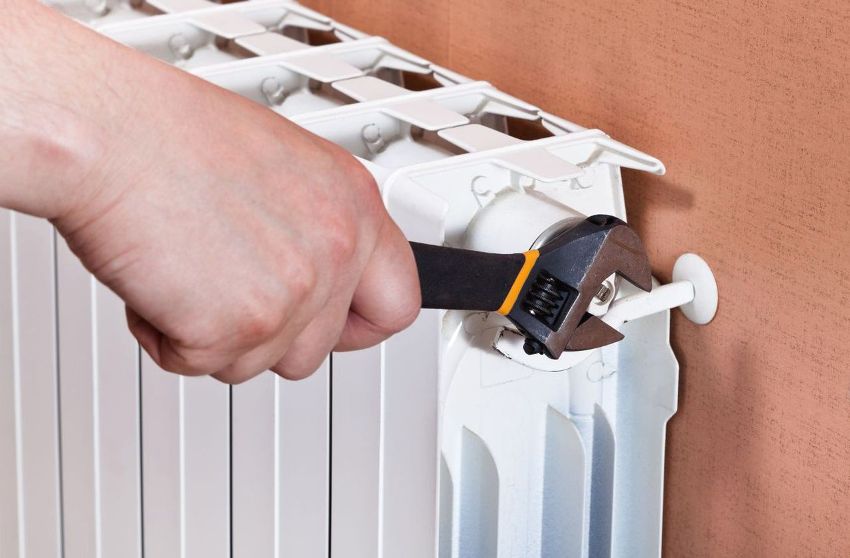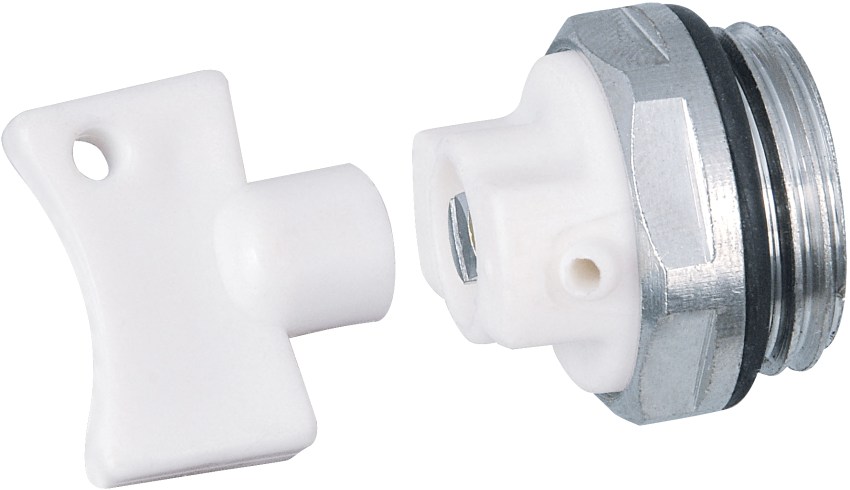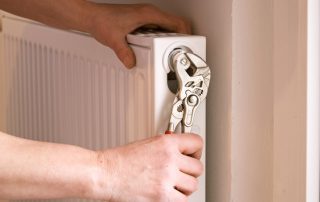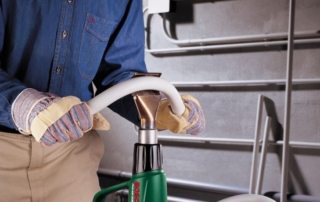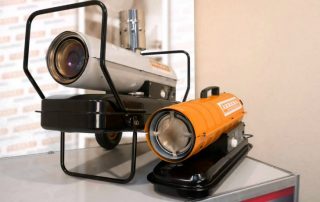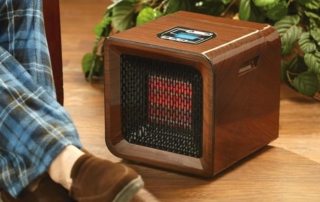Modern heating systems for buildings and structures of industrial, public and residential use have one common technological element - the Mayevsky crane: the principle of operation of this device is to remove unwanted gaseous substances from the working circuit in order to ensure maximum efficiency of the heating system. The purpose and technical characteristics of this device will be discussed in this article.
Content
What is Mayevsky's crane: principle of operation and technical characteristics
A huge number of closed hydraulic systems used in high-tech industries (automotive, heat engineering, mechanical engineering, etc.) use the technology of removing gaseous substances (air) from the working circuit, which reduces the efficiency of their work. This is especially true for heating systems.
The Mayevsky valve functions in the same way as a conventional shut-off type valve works - it is the opening / closing of the hermetic connection from the area of a gaseous or hydraulic medium with increased pressure to the area of the medium with normal physical conditions. The historical prototype of modern Mayevsky valve designs was the most common saddle-type water faucet.
However, the uncontrolled intake of industrial water from heating systems using conventional water taps required a special design that made it difficult or completely eliminated the loss of water from heating networks. The advanced solution to this problem was the Mayevsky crane, which underwent many improvements in connection with the development of engineering thought.
Mayevsky crane: photo
In whatever technical version the Mayevsky valve is considered, the principle of operation of this device always corresponds to its direct technological purpose and the regulations of the intra-industry standard - this is a valve for venting STD 7073V (according to TU 36-710-82) from heat supply systems for industrial and domestic use.
Structurally, it is designed as a needle-type air shut-off valve (hence the second name) in the form of a combined radiator plug with a built-in air bleed mechanism. Since the design dimensions are regulated by the STD 7073V standard, the air valve for radiators (aka Mayevsky) has an outer landing diameter of half an inch (1/2 ″), three quarters of an inch (3/4 ″), one inch (1 ″), etc. etc. The standard sizes of the valve with a nominal bore diameter (DN) of 15, 20 and 25 mm allow using it not only in radiators, but also in different nodes of the heating system. The technical characteristics include such parameters as working pressure (PN) - 10 atm (1 MPa) and working temperature - up to 120 degrees Celsius.
Mayevsky valve design
The main structural element of the valve is a locking screw, which is screwed into the body of the mechanism and has a tapered end part, due to which a tight fit into the "seat" of a through hole with a diameter of 1.5-2 mm is ensured. The outer part of the screw is a four-sided or hexagonal head (for a special key for a Mayevsky crane) with a slot for a conventional screwdriver. For the passage of air when the valve is opened, the screw body is made with longitudinal grooves.
The air at the outlet from the grooves enters a chamber hermetically sealed with a cuff (usually made of polymer) and having an outlet aperture commensurate with the through hole in diameter. Since the valve body is installed using a threaded connection with a gland gasket, and the valve mechanism tightly closes the through hole in the closed position, then during the operation of the heating system, the installed valve ensures complete tightness of the system.
Useful advice! When choosing a valve, it is necessary to take into account the corrosion resistance of the material from which its parts are made. Since many manufacturers produce chrome-plated steel products with a short service life, brass or stainless steel products should be preferred.
Mayevsky's crane on heated towel rails
If there is a radiator in the premises connected to the heating system or to the hot water supply system, it is necessary to use a heated towel rail with a Mayevsky tap. The peculiarities of installing such replaceable elements without the presence of these valves in the configuration can lead to air accumulation in the upper zones of the inner space of the heated towel rail and the most problematic is to create "air locks" that stop the circulation process coolant both in the heating circuit and in the hot water supply circuit. The presence of the Mayevsky tap on the heated towel rail eliminates this negative.
Mayevsky crane: the principle of operation of an automatic air vent
Automatic air vents for radiators are increasingly used in heating systems. This is a special design of the Mayevsky crane, which provides automatic discharge of gas accumulations. Let's consider further how an automatic air vent works. Its design assumes the presence of a float in a vertical channel. Without the presence of a gas medium, the float supports a spring with an inner plug through a lever, so that the system is hermetically sealed.
Under conditions of occurrence of a gaseous medium, the float fails, weakening the pressure of the spring on the plug, the latter opens the outlet, and the gas mixture comes out. When the volume of the gas component is replaced, the coolant fills the float chamber and the float floats up, closing the outlet through a spring with a plug. If the float mechanism breaks down, using the Mayevsky key, you can manually bleed the accumulated gas mixture.
The need to use a Mayevsky crane in heating systems
After installing the heating system and filling the circuit with a coolant (water, antifreeze, technical oils), air always remains in the radiators. It forms so-called air pockets and stops the circulation of the working fluid. This leads to a loss of efficiency of the heating system, since the boiler operates at the set temperature, and the radiators are "cold". In this situation, you cannot do without using the Mayevsky crane.
After the end of the heating season, the phenomenon of degassing occurs in the coolant environment. A certain amount of dissolved air in the coolant with a drop in temperature and a state of rest is released from the liquid and accumulates, forming the same "air plugs". Therefore, before starting the heating, it is required to top up the coolant in the system and, if possible, use the Mayevsky tap.
Another negative factor in the formation of gas accumulations in the heating system is the process of hydrogen formation during hydrolysis reactions of water and the inner walls of metal pipelines and radiators. This is especially true for radiators made of aluminum without protective anti-corrosion treatment. With the use of the Mayevsky crane in the system, this problem is completely solved.
Model range and manufacturers of Mayevsky cranes: prices
Currently, a large number of models of Mayevsky cranes, both domestic and imported, using various materials and components are presented on the sanitary ware market. When buying this or that type, you can and should also buy a metal key for the Mayevsky crane. The keys are also available in plastic.
The table provides information on the types and prices of Mayevsky cranes:
| product name | Trademark | Material | price, rub. |
| Mayevsky crane Du 10, 15, 20 mm | LLC "Promart", Kazan | chrome steel | 21-51 |
| Mayevsky crane Ru 16 mm and DN 10, 15, 20 mm | LLC "MetPromInteks", Moscow | chrome steel | 63,8 |
| Key to the Mayevsky tap 5 mm, Meibes SX 11202 | LLC "COMFORT.RU", Moscow | silumin | 18 |
| Key for radiator plugs and Mayevsky tap | LLC "MantechBryansk", Bryansk | polymer plastic | 118 |
| Manual Mayevsky crane, DN 15 mm | LLC "OK Resan", Perm | chrome steel | 152 |
| Mayevsky crane Demin Dokum Classik Art, DN 15-20 mm | Heat Laboratory LLC, Rostov-on-Don | brass | 138 |
| Radiator air vent, automatic | PP "Termoklimat", Yaroslavl | stainless steel | 259 |
| Mayevsky crane (automatic) | "TECHNO-GROUP", Kirov | stainless steel | 230 |
| Ball valve with Mayevsky valve DN 15 mm (1/2 ″) | LLC "TEKOM", Krasnoyarsk | chrome plated brass | 243 |
| Tee with Mayevsky crane | LLC "Siberia GOST", Omsk | chrome steel | 596 |
| Three-way valve with Mayevsky valve (G1 / 2 - G1 / 2) | LLC "AQUA-KIP", Moscow | chrome steel | 245 |
| Mayevsky crane with filter DN 15 mm | LLC "Promarmatura", Barnaul | chrome plated brass | 474 |
| Mayevsky crane automatic RR 374 full bore, for cast-iron radiators | LLC "SantehKlass", Moscow | chrome steel | 700 |
Useful advice! If there is a need to buy a Mayevsky crane, be sure to coordinate the landing dimensions of the valve installation sites in the heating system elements with the parameters of the purchased ones. In case of discrepancy, additional purchase of adapters and consumables will be required.
Features of the use and adjustment of the Mayevsky crane
Consider the option when the system is installed and assembled, but Mayevsky's taps are not mounted on the radiators. Then you can do it yourself. To do this, unscrew the plugs on the opposite side of the working fluid inlet into the radiator and screw the selected valves in their place.
Useful advice! Regardless of the presence of a compression gland on the threaded part of the valve body, it will be advisable to use FUM or tow on the thread for better sealing.
How the Mayevsky crane works
Adjustment of the outlet of Mayevsky's radiator taps must be done so that it is directed in the opposite direction from the wall and preferably with a slope downward.
As for the installation of the Mayevsky crane on heated towel rails, it must be placed in a strictly vertical position using a special tee.The use of the latter allows you to transfer the working axis of the mounted crane from vertical to horizontal. This is its preferred technological location makes it possible to fulfill the requirement of the instructions: the bleed hole should be directed in the opposite direction from the wall and have a slope towards the floor.
An important issue is the use of a Mayevsky crane for cast-iron radiators. Their plugs do not have mounting holes for standard valves. However, many craftsmen have found a way to install air bleed valves through the operation of drilling and tapping in the body of the cast iron plug. But as practice shows, such "handicraft" can lead to thread breakdown in case of water hammer phenomena, when the coolant pressure can increase tens of times. A way out of this situation is the installation of automatic-type cast-iron radiator plugs adapted to the landing dimensions. Moreover, they are not afraid of clogging.
To the above, it should be added that in the case when the coolant can contain solid particles of debris (scale, welding flux, tow threads, paint, etc.), then it is advisable to install a mechanical standard filter for the water supply before the tap.
Mayevsky valve: how to use
Consider how to use Mayevsky's tap, or, more simply, how to release the air? The Mayevsky crane provides a fairly simple process for bleeding air from the heating system. Particular attention should be paid to the moment when a fuel pump is installed in the heating system to increase the circulation rate of the coolant. Be sure to turn off the air before bleeding. Firstly, in order to reduce the pressure inside the circuit and, secondly, to stop the process of mixing air bubbles throughout the volume of the coolant.
Subject to a small set of rules, you can independently carry out work to remove accumulated air in the system:
- use a small container and dry rags, which must be installed under the outlet of the Mayevsky tap;
- prepare a key for turning the valve adjusting screw;
- for safety reasons, have an adjustable or open-end wrench with you for possible additional tightening of the valve into the radiator.
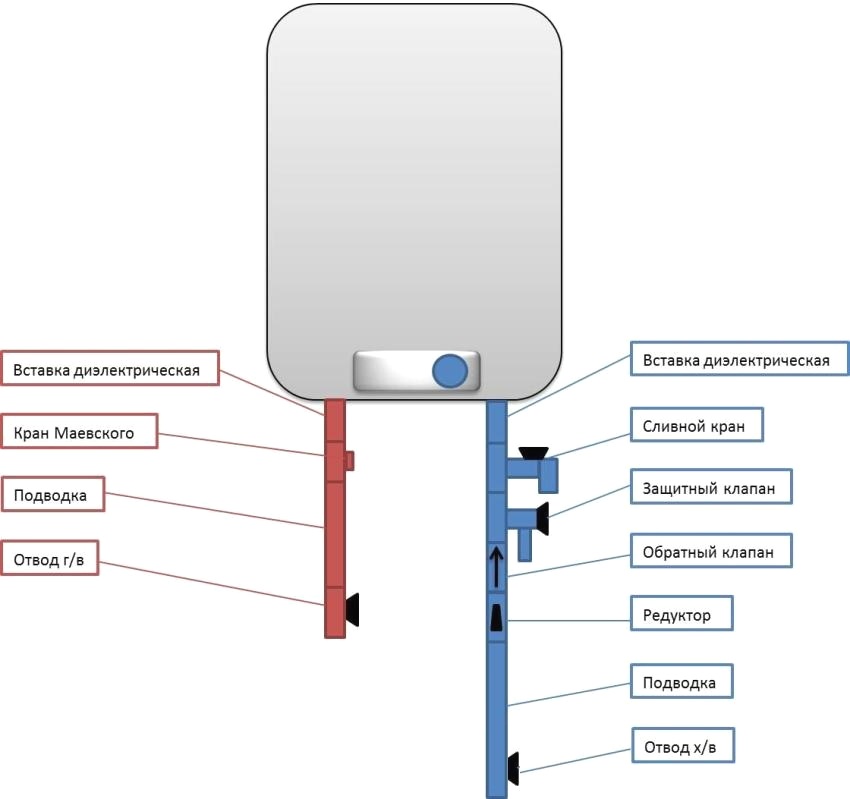
Mayevsky's crane in a hot water supply system using a column or boiler
Putting a key (or inserting a screwdriver) on the head of the adjusting screw, it is necessary to smoothly perform the opening operation (unscrewing the screw) until the sound of hissing out air appears. Hold the screw in this position until liquid drips out of the radiator. It is desirable that it be drained into the prepared container. Then gently screw in the screw until the liquid stops flowing out completely. To do this, wipe the valve body with a dry cloth and visually observe the valve outlet. If no liquid leakage is observed, the valve is hermetically closed.
In cases where, after opening the valve, water is observed to leak out from under the threaded connection of the body, gently tighten the thread using a wrench until the formation of drops completely stops. They will also help you learn how to bleed air from a heating radiator by videos and instructions found on the Internet.
Mayevsky crane in pneumatic systems
The technical feature of the Mayevsky crane is its constructive uniqueness. It can also be used to remove not only air but also liquid from pneumatic systems with high air pressure. Typically, the compressed air supplied to the system from the compressor contains excess water vapor. Technologically excess moisture is collected by special freezing devices and various filters.
Over a long period of operation, a significant amount of water can accumulate in stationary (pipe) lines. It accumulates in the lowest areas of the pneumatic lines and is sprayed along the entire circuit. The ingress of water into compressed air-powered pneumatic devices and equipment is highly undesirable. In these cases, the Mayevsky crane comes to the rescue. Only in this case it is mounted at the lowest point of the circuit and the bleeding process starts with the release of the accumulated liquid (water) and ends with the outlet of clean air. Then the tap closes and the system becomes hermetically closed again.
Related article:
Heating scheme of a 2-storey private house: types of wiring and calculation of equipment System components, purpose, device, calculation and installation rules. Classification by types and methods of wiring.
Thus, it became clear how the Mayevsky crane works. Its main function is to remove accumulated air from the heating system, which plays an important role in efficiency and economy. This really translates into savings in operating costs. Market availability, simple design of the valve allows, independently and without the involvement of plumbing specialists, not only to perform the operation of bleeding air from the heating system circuit, but also to install or replace the valve itself. Neither operation in itself involves large financial and physical costs and, most importantly, time.
